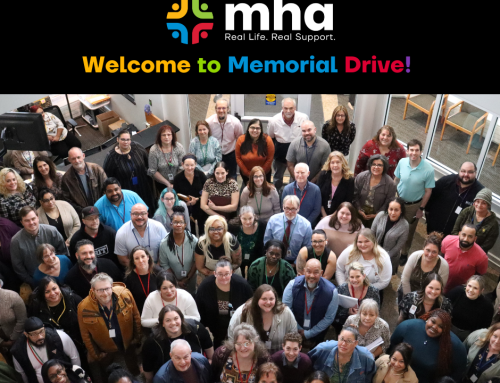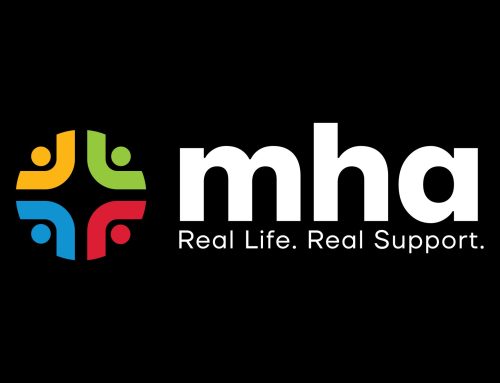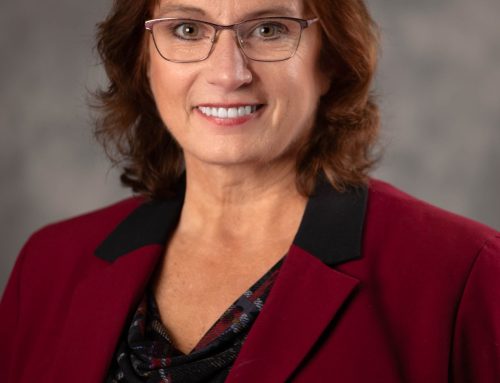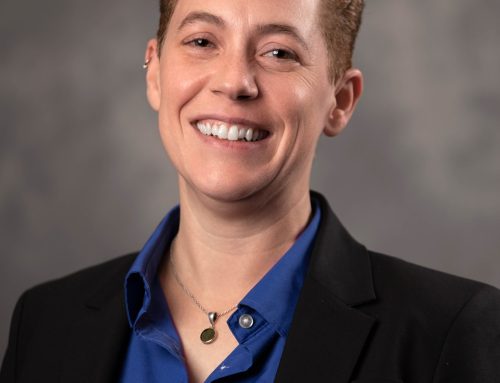Grant from City of Westfield Enables Program for MHA
Samantha Gulsvig has studied the therapeutic potential of art as it relates to addiction and mental health. As the Program Supervisor at the Safe Haven transitional shelter in Westfield, her interest in the topic is professional. Given her daily work with the residents who live at Safe Haven, it is personal as well.
“My thought was that through their creative process of working on art, our residents could explore feelings and emotional conflicts, reduce anxiety and manage behaviors,” Gulsvig explained. “Plus they could develop social skills from being in a class with others and following a teacher’s directions. One major goal of programming at Safe Haven is to help our residents, who are working through challenges related to mental illness, substance use and chronic homelessness, to increase their self-esteem. They typically have more gifts within themselves to give society than they realize, and through art the beauty inside them has the opportunity to come out. So often they have looked at themselves by what drug they were using or by the label placed on them according to their diagnosis. Through art, they can see themselves through the lens of their own creativity.”
The program, funded by a $2,500 grant from the City of Westfield, brings an art teacher to Safe Haven for a two-hour class, once a week for eight weeks. Starting in October, the first half focused on watercolors and printmaking. Next the focus shifts to more handwork, such as clay sculpture and shadow boxes. “By exposing our students to making art in multiple forms, they can get a better idea of what they like to do and how they can express their creativity,” said Gulsvig. “At first, they didn’t know if they’d enjoy it, but allowing them to explore their own feelings and experiences through their art is wonderful. It’s intriguing to observe how each person sees their own life through art they’re making.”
Gulsvig has observed first-hand that art therapy can provide an alternate way to process painful thoughts and feelings independently. “Art is something residents can do on their own. It’s a form of treatment independence that gives the individual another tool for self-help. That fits in well with our overall approach at Safe Haven, which looks for multiple ways of supporting the whole person through traditional methods as well as alternative therapies such as music, nutrition and now art. Folks struggling with mental health and addiction and homelessness are more than what you see on the street. They have the same deep emotions and abilities that everyone else has. Safe Haven, as a therapeutic community, works toward the whole health of each person we serve. This is a movement in the therapeutic community that we are glad to be part of because it’s working. These people are worth it.”
Safe Haven, a program of MHA, offers transitional housing support to people served by the Department of Mental Health who are experiencing chronic homelessness, including those in recovery.
